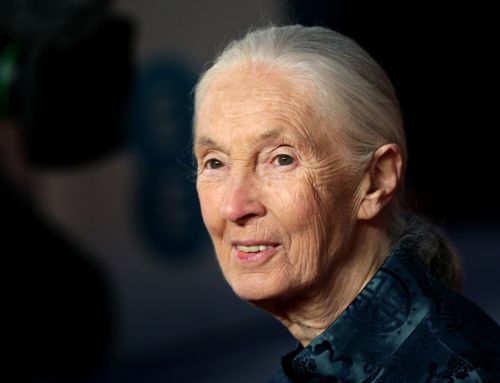The World Health Organisation has said that 99% of the global population breathes air that is unhealthy.
Its findings are based on studies which use satellite data, mathematical models and ground measurements which have been made as a record number of more than 6,000 cities in 117 countries are now monitoring air quality.
Despite the closer scrutiny, the WHO says that the people living in these areas are still breathing unhealthy levels of fine particulate matter and nitrogen dioxide, and that people in low and middle-income countries are suffering the highest exposures.
The WHO is calling for more action to cut use of fossil fuels, which can generates pollutants that cause respiratory problems and lead to millions of preventable deaths each year.
It says that almost the entire global population breathes air that exceeds its air quality limits and contains particles that can penetrate deep into the lungs, enter the veins and arteries and cause disease.
Air quality is poorest in WHO’s Eastern Mediterranean and Southeast Asia regions, followed by Africa, it said.
Nitrogen dioxide or NO2 is associated with respiratory diseases, particularly asthma, leading to respiratory symptoms (such as coughing, wheezing or difficulty breathing), hospital admissions and visits to emergency rooms https://t.co/Llaj2wHk0V#HealthierTomorrow https://t.co/2XKikIXPmo
— World Health Organization (WHO) (@WHO) April 4, 2022
Dr Maria Neira, the WHO’s director in the Department of Environment, Climate Change and Health, said the impact of air pollution is leading to preventable deaths.
She said: “After surviving a pandemic, it is unacceptable to still have seven million preventable deaths and countless preventable lost years of good health due to air pollution.
“That’s what we’re saying when we look at the mountain of air pollution data, evidence, and solutions available. Yet too many investments are still being sunk into a polluted environment rather than in clean, healthy air.”
The findings from the WHO’s air quality database includes ground measurements of annual mean concentrations of nitrogen dioxide (NO2), a common urban pollutant, and of a fine particulate matter known as PM10 and PM2.
Both groups of pollutants originate mainly from human activities related to fossil fuel combustion.
Dr Sophie Gumy, a technical officer in the WHO’s Department of Environment, Climate Change and Health, said: “You may have a hotspot within a city.
“Within a country, we have places in rural areas where the level is different but the annual mean is really to try to give an idea of the long-term exposure which is what we are interested in because you have a lot of health impact that you can only assess over the long-term. I am speaking about lung cancer.
“With an acute episode of air pollution you can have a different health impact but on the long-term you have a wider range of health impact which are especially costly for the societies in addition human health.”
She added: “Rural areas are not necessarily less polluted than urban areas. There are less people and less sources of air pollution but when it comes to particulate matter, you can have rural areas that are very polluted for example with household fuel that is used for cooking and eating.”
Some 2,000 more cities or human settlements are now recording ground monitoring data for particulate matter. This is an almost six-fold rise in reporting since the database was launched in 2011.
Scientists point out that the damage air pollution does to the human body could see significant harm caused by even low levels of many air pollutants.
Particulate matter, especially PM2.5, is capable of penetrating deep into the lungs & entering the bloodstream, causing cardiovascular, cerebrovascular (stroke) & respiratory impacts https://t.co/Llaj2wHk0V pic.twitter.com/TgFSzPe2tF
— World Health Organization (WHO) (@WHO) April 4, 2022
Particulate matter, especially PM2.5, is capable of penetrating deep into the lungs and entering the bloodstream, causing cardiovascular, cerebrovascular (stroke) and respiratory impacts. There is emerging evidence that particulate matter impacts other organs and causes other diseases as well.
NO2 is associated with respiratory diseases, particularly asthma, leading to respiratory symptoms (such as coughing, wheezing or difficulty breathing), hospital admissions and visits to emergency rooms.
Scientists who looked at the data for the the 117 countries found that the air in 17% of cities in high-income countries are below the WHO’s air quality guidelines for PM2.5 or PM10.
It also found that air quality in less than 1% of the cities in low and middle-income countries complied with the WHO’s recommended thresholds.






